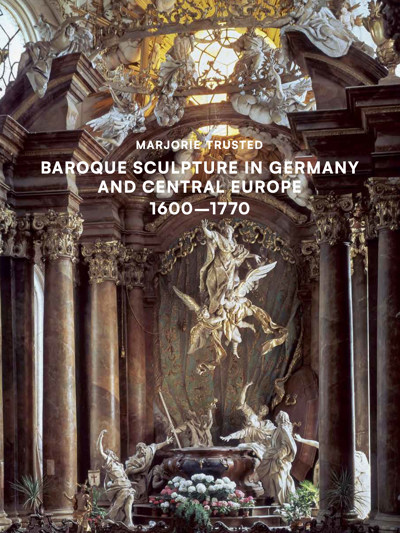
- Pages: 320 p.
- Size:220 x 280 mm
- Illustrations:6 b/w, 217 col.
- Language(s):English
- Publication Year:2024
- € 150,00 EXCL. VAT RETAIL PRICE
- ISBN: 978-1-905375-97-4
- Hardback
- Available
Awarded with the 2025 Berger Prize (The Walpole Society)
This book discloses the meaning of Nicholas Hawksmoor’s extraordinary designs and urban plans for Oxford University (1708-1736), providing a new multi-layered picture of the creation, collection, and dissemination of architectural knowledge across different media in one of the most important centers of learning in Western culture.
"A rare example of true interdisciplinarity (…) it breaks new ground in the field of intellectual history, as well as architectural history"
Jonny Yarker, chair of the judging panel, 2025 Berger Prize
Eleonora Pistis is Assistant Professor in the Department of Art History & Archaeology at Columbia University. She is a specialist in seventeenth- and eighteenth-century architecture and antiquarian culture.
Nicholas Hawksmoor’s dream of a new Oxford, though only partially realized between 1708 and 1736, remains one of the most striking examples of the architecture of knowledge from the early modern period. This was a time of erudite experimentation on paper and in stone. Academics and Hawksmoor as their chosen architect, alongside a range of other figures, envisaged a network of streets, paths, gates, and squares connecting newly designed colleges and libraries, as well as the university press. Complementing the feverish activity on the multiple construction sites, the study, collection, and dissemination of architecture was profoundly reshaped by a variety of types of knowledge and practical expertise. Building, thinking, and learning were more tightly intertwined in early eighteenth-century Oxford than ever before at a renowned university as it pivoted from medieval to modern. The graphic legacy of this intense activity remains with us in an abundance of drawings, prints, and treatises, many of which are published here for the first time.
Introduction
Part I: Men of Letters, Men of Stones
Chapter 1. I Am Architecture: Hawksmoor and Queen’s College
Chapter 2. Architecture into a Book: Aldrich and The Elements
Chapter 3. Architecture of Knowledge: Clarke and the Library-Laboratory
Part II: A City in Paper, a City of Stone
Chapter 4. “Generall Draughts, and Regular Schemes” (1710–1712)
Chapter 5. “Accademia Oxoniensis Amplificata et Exornata” (1713–1714)
Chapter 6. Coming to Terms with History (1714–1736)
Chapter 7. Conclusion: Architecture and Knowledge
Notes
Bibliography
Index of Names
Index of Places





